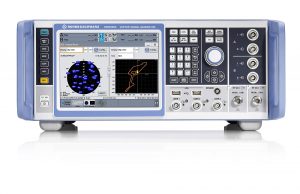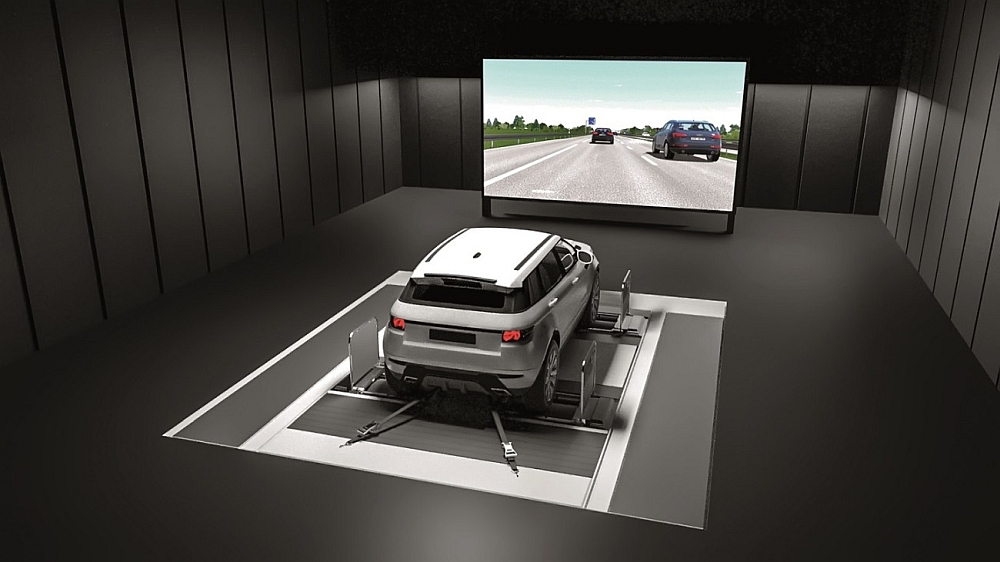- A solution combining AVL’s software simulation tools and instruments from Rohde & Schwarz enables realistic GNSS reception conditions to be reproduced during vehicle tests on the test bench.
- This solution thus makes it possible to test all aspects of vehicle positioning based on GNSS (Global Navigation Satellite System).
GNSS signals such as GPS signals are essential for positioning, tracking, and orientation of a vehicle.
The AVL Drivingcube platform enables the reproducible testing of driver assistance systems and autonomous vehicle driving functions using a real vehicle in a virtual environment in a variety of traffic situations. This is achieved by driving tests with a real vehicle on a chassis dynamometer or powertrain test bench.
Using realistic virtual driving scenarios, it is possible to test peripheral sensors, control systems and actuators inside the vehicle. Automated vehicle functions can thus be validated during development and even before field tests.
The AVL Drivingcube environment simulation platform can now integrate GNSS signals, bringing simulation closer to reality. The vehicle’s GNSS receiver (e.g. GPS) is realistically stimulated using the GNSS signals generated on the test bench. This makes it possible to identify how sensors, automated driving functions and other actuators react inside the vehicle.

Signal generators from Rohde & Schwarz (R&S SMBV100B or R&S SMW200A) are used to deliver signals corresponding to all satellite navigation systems on the market (GPS, Glonass, Galileo, BeiDou, QZSS, SBAS) in all frequency bandwidths (L1, L2, L5). They can also be used to test multi-frequency receivers. GNSS stimulators from Rohde & Schwarz are controlled automatically from the simulation software platform.
According to Rohde & Schwarz, this additional GNSS signal stimulation capability not only makes the test bench tests more realistic, but also leads to a reduction in test drives and the number of kilometers to be driven.






